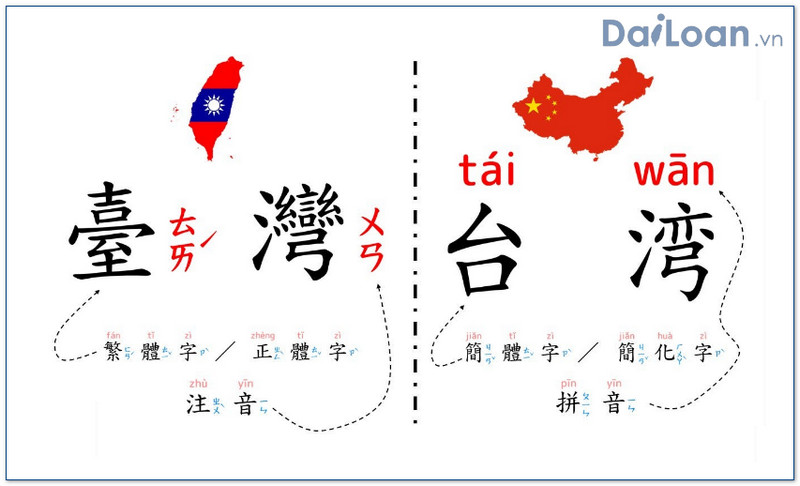Introduction to 佔用 (zhàn yòng)
The term 佔用 (zhàn yòng) holds significant importance in the Chinese language, encapsulating the ideas of occupation and usage. Understanding its meaning and grammatical structure is essential for anyone looking to deepen their grasp of Chinese, whether for academic pursuits or everyday conversations. This article delves into the definition, grammatical structure, and practical example sentences to illustrate the use of 佔用 in various contexts.
What Does 佔用 (zhàn yòng) Mean?
佔用 (zhàn yòng) is a verb phrase in Chinese that can be translated as “to occupy,” “to take up,” or “to use.” The character 佔 (zhàn) means “to occupy” or “to seize,” while 用 (yòng) means “to use.” When combined, they form a concept of occupying or using something that may belong to someone else or a space that is designated for a certain purpose.
Contextual Importance
In various contexts, 佔用 can refer to physical spaces, such as a room or a seat, as well as intangible resources including time or capacities. Understanding the contextual use of this term can significantly aid in clear and effective communication within Chinese-speaking environments.
Grammatical Structure of 佔用 (zhàn yòng)
The grammatical structure of 佔用 is quite straightforward. As a verb phrase, it can be broken down as follows:
- 佔 (zhàn): Verb meaning “to occupy” or “to seize”.
- 用 (yòng): Verb meaning “to use”.
When used in sentences, 佔用 can be followed by various objects, indicating what is being occupied or used. The structure often follows the pattern of “Subject + 佔用 + Object”.
Example Sentences Using 佔用
To better understand the application of 佔用 in language, here are several example sentences covering different contexts:
Physical Contexts
- 这个会议室被佔用了。

(Zhè ge huìyì shì bèi zhàn yòng le.)
“This conference room has been occupied.” - 他佔用了我的座位。
(Tā zhàn yòng le wǒ de zuòwèi.)
“He occupied my seat.”
Time Usage
- 这个项目佔用了我们很多时间。
(Zhè ge xiàngmù zhàn yòng le wǒmen hěn duō shíjiān.)
“This project has taken up a lot of our time.”
- 如果你佔用这台机器太久,我就没有办法工作了。
(Rúguǒ nǐ zhàn yòng zhè tái jīqì tài jiǔ, wǒ jiù méiyǒu bànfǎ gōngzuò le.)
“If you take up this machine for too long, I won’t be able to work.”
Abstract Contexts
- 这些问题佔用了我们的注意力。
(Zhèxiē wèntí zhàn yòng le wǒmen de zhùyì lì.)
“These issues have occupied our attention.” - 你不应该佔用别人的资源。
(Nǐ bù yīnggāi zhàn yòng biérén de zīyuán.)
“You shouldn’t occupy other people’s resources.”
Conclusion
In summary, understanding the term 佔用 (zhàn yòng) is vital for those learning Chinese, as it can apply to both physical and abstract contexts. The grammatical simplicity of the term makes it versatile and easy to incorporate into various conversations. By utilizing the example sentences provided, learners can practice and enhance their grasp of this essential term, facilitating clearer communication in Chinese-speaking environments.

Sứ mệnh của Chuyên là giúp đỡ và truyền cảm hứng cho các bạn trẻ Việt Nam sang Đài Loan học tập, sinh sống và làm việc. Là cầu nối để lan tỏa giá trị tinh hoa nguồn nhân lực Việt Nam đến với Đài Loan và trên toàn cầu.
CÓ THỂ BẠN QUAN TÂM
Du học Đài Loan
Lao Động Đài Loan
Việc Làm Đài Loan
Đơn Hàng Đài Loan
Visa Đài Loan
Du Lịch Đài Loan
Tiếng Đài Loan
KẾT NỐI VỚI CHUYÊN
Zalo: https://zalo.me/0936126566
Website: www.dailoan.vn




